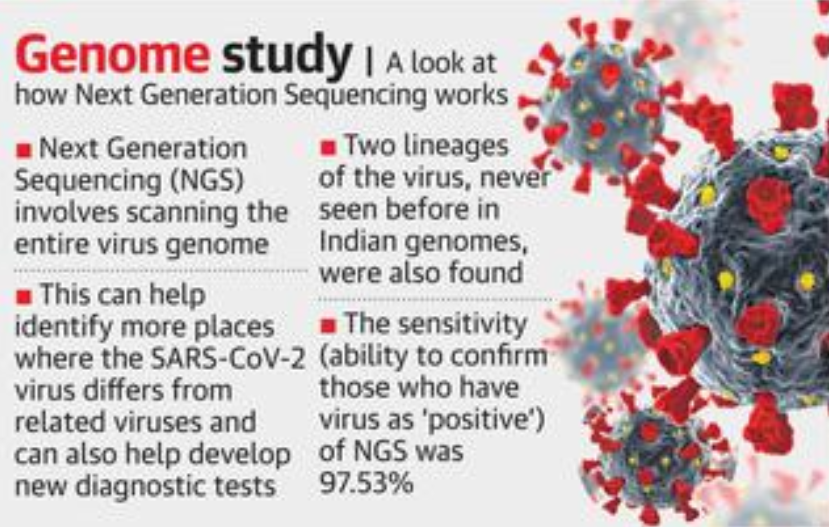Next-generation sequencing to map genetic blueprint of indigenous cattle
| Topic: GS3 – Science and Technology |
(Source – The Hindu, International Edition – Page No. – 3)
| Context |
| ● The National Institute of Animal Biotechnology (NIAB) focuses on conserving indigenous cattle breeds using advanced genetic technologies and developing vaccines to combat livestock diseases.
● Under the DBT’s ‘BioE3’ policy, NIAB promotes bio-manufacturing and innovations in livestock health, diagnostics, biomolecules, and alternative proteins for a sustainable bio-economy. |

Analysis of the news:
- The National Institute of Animal Biotechnology (NIAB) is working to decode the genetic blueprints of indigenous cattle breeds using Next Generation Sequencing (NGS) and genotyping technology.
| Next Generation Sequencing (NGS) |
| ● Next Generation Sequencing (NGS) is an advanced DNA sequencing technology that enables rapid and high-throughput analysis of genetic material.
● It allows simultaneous sequencing of millions of DNA fragments, providing detailed insights into genomes, transcriptomes, and epigenomes. ● NGS is widely used in genomics research, clinical diagnostics, and biodiversity studies, offering faster, more cost-effective, and precise genetic data compared to traditional sequencing method. |
- The goal is to establish molecular signatures for registered cattle breeds for identification and conservation.
- NIAB is developing next-generation vaccine platforms for livestock diseases like brucellosis, crucial for animal health and reducing economic losses.
- The institute, under the Department of Biotechnology (DBT), aligns its efforts with the ‘BioE3’ policy to promote bio-manufacturing.
- NIAB aims to support biotech start-ups in transforming the livestock-based economy through vaccines, diagnostics, and biomolecules.
- Six thematic verticals under the BioE3 policy focus on circular bio-based economy, including alternative proteins.
